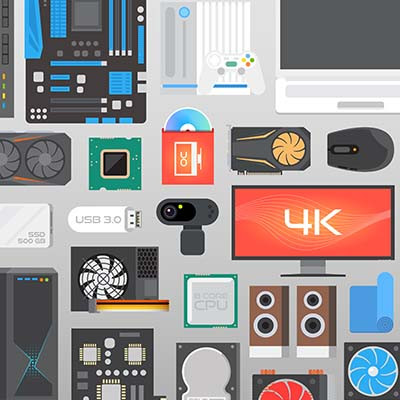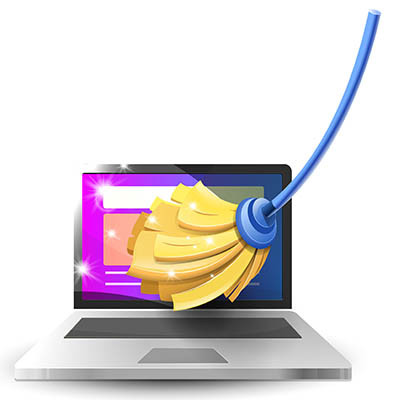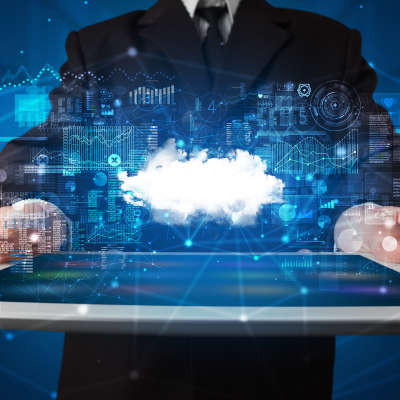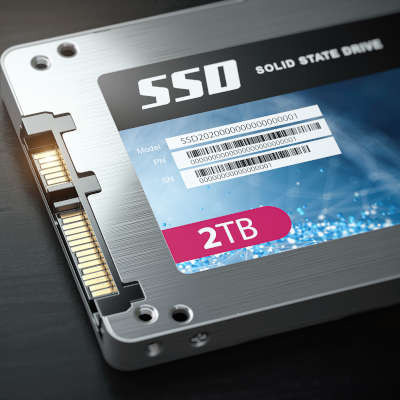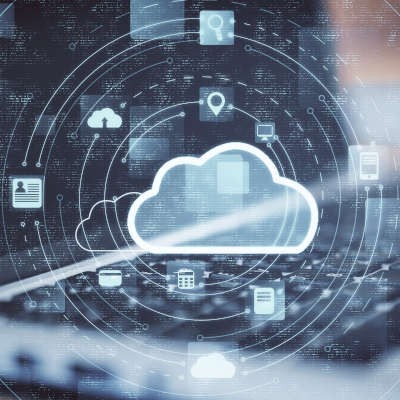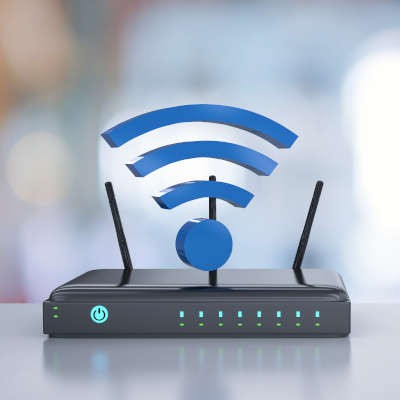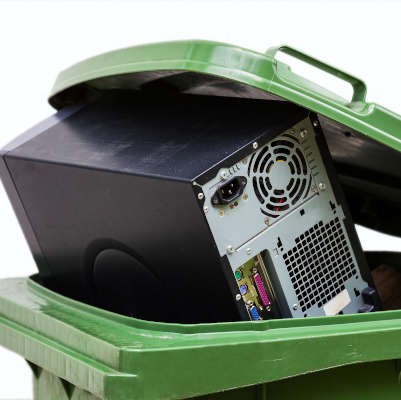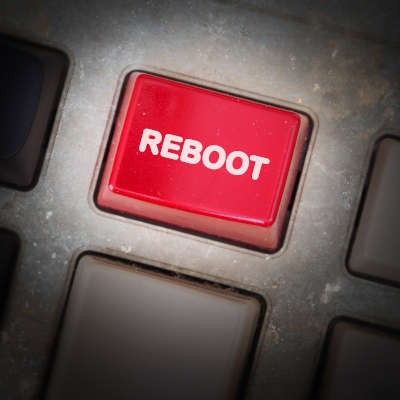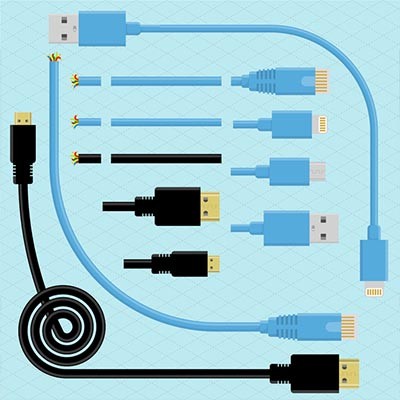Moore’s Law may have been prophetic for its time, but it was bound to run out of steam eventually. In 1965, Gordon Moore predicted that transistors inside of a dense integrated circuit would double every 18 months, and at the time, it seemed like an ambitious prediction at best. All these years later, however, computing speeds are doubling every 18 months, just as predicted, but technology may have finally caught up with this prediction. How will technology’s growth change moving forward?
Accucom Blog
Let’s face it: with so (so) many streaming platforms now available for us to binge a trendy show or revisit a favorite movie on, technology and entertainment have become inexorably linked. When you really think about it, the technology that makes these streaming services possible is truly impressive. Let’s go over this technology together.
You may have noticed the recent price increase for consumer and business electronics, and it’s all caused by issues related to the global shortage of computer chips. How have these supply chains, stable for so long, been dealt such a severe blow to the point where acquiring new computers and networking equipment is so challenging? Read on to find out.
It’s often said that a clean workspace is a safe workplace. When your workspace is mostly your computer, safety has less to do with it, but that shouldn’t deter you from doing what you can to keep your computer clean. It can help keep it in working order, longer, and is just a sanitary thing to do. Let’s get into why a clean computer is better, and how to go about cleaning your workstation.
The laptop has been gradually seeing a boom in the office, replacing the desktop for a more portable option for meetings and remote work. Long gone are the days where the laptop feels like a more expensive, less capable option. They do have their detriments, though. One of the most complained about parts of using a laptop is the trackpad. They’ve added features and improved materials over the years, but the overall experience of using a trackpad hasn’t changed very much for over a decade.
Each business uses a certain amount of technology to get things done, but today, no technology is as important to businesses as the Internet. You’ve begun to see businesses of all sizes spending thousands of dollars a month on Software-as-a-Service platforms designed to get workers the tools they need without placing undue pressure on a company’s capital budget. Today, we will talk about another cloud-based platform that is growing rapidly: Infrastructure-as-a-Service.
If you are buying a new desktop or laptop, one of the specifications you might care about is how much data it can store. After all, your family computer needs plenty of storage for your photos and documents, and if you have kids, they’ll want to install games and other applications on it that fill up a hard drive. These days, however, it’s less about how much space your hard drive has and more about how fast it can run. Let’s explain this, and then talk about something you should almost always look for when picking a hard drive for your PC.
In the not-all-that-distant past, connectivity required an actual, physical connection between two endpoints. As a result, a wired connection was the only option for businesses to access online materials and resources. This leaves businesses with a choice to make: is a wired connection better for my operations, or should I implement wireless connectivity?
Other than matters of scale, most businesses have very similar needs when it comes to their hardware. As a result, many of the considerations businesses need to make are the same, regardless of their size. This week, we’re sharing some of these considerations to help you more effectively plan for any upcoming hardware implementations.
If COVID-19 didn’t already jam up your business’ progress enough after five months, it seems as though the new normal is going to include replacing onsite hardware with cloud-based alternatives. At first glance, the presence of hosted platforms comes as a godsend to the business who doesn’t want to commit large amounts of capital to a hardware refresh. The cost of cloud computing, however, could actually be a major problem for your business. Today, we’ll take a brief look at the hardware choices you have and where the value comes from.
When you have a problem with your computer and you reach out for help, the first thing you will probably be asked is, “have you turned it off and turned it back on?” This is not because the technician is lazy, it is because a lot of problems can be fixed by rebooting your computer. Do you need to shut down or simply restart your computer? It might surprise you that turning your computer off and restarting it actually accomplishes different things. Today, we’ll discuss the difference.
Google’s contribution to streaming, the Chromecast, is a nifty little device. While many might hear “streaming” and immediately think “consumer device,” the Chromecast can actually offer your business a few handy utilities as well. Here, we’ll go over four of them, as well as guide your through setting up (and if necessary, resetting) your Chromecast.
Every so often, we encounter an IT solution that could prove to be intensely beneficial to businesses when it can be fully adopted, but also has a few obstacles to its complete implementation. Here, we’ll review how augmented reality can be used practically in the future, and the challenges that will need to be overcome in order to do so.
We all know someone that has to have the latest and greatest technology. They have all of the gaming platforms, they have to get the newest smartphones every year, and they are the only person you know that owns multiple smartwatches. Clearly, some gizmo or gadget would make a great gift, but there’s still the age-old concern: what do you get for someone who seems to have everything?


